In this ongoing series, we revisit some of the special projects that EYOS has supported over the years through expertise in marine logistics and operations.
This week, we dive deep into a historic project like no other that not only broke boundaries but also provided insight into underwater worlds never seen before.
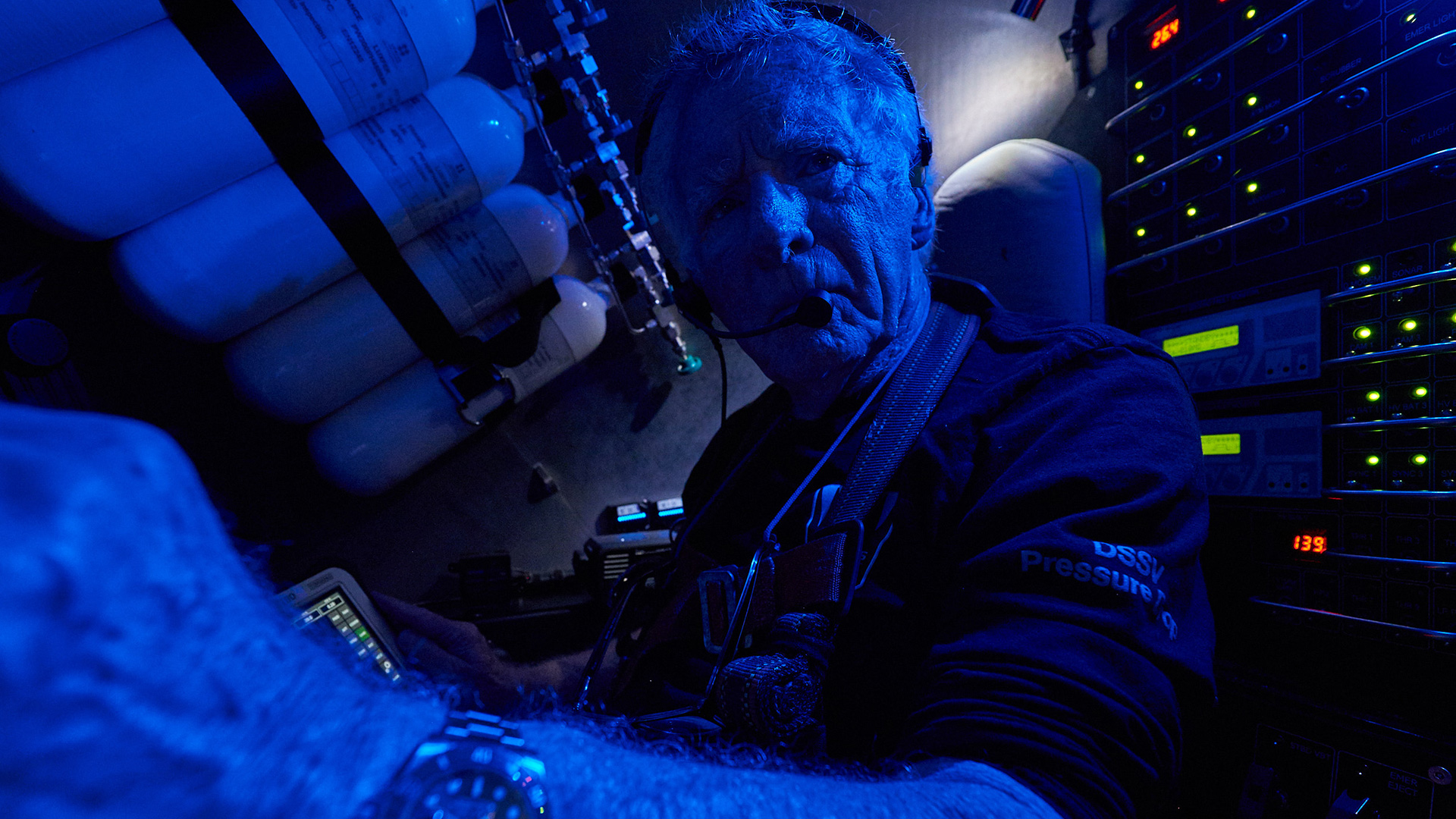
Five oceans, five deeps— an expedition around the world and down to the deepest point of each ocean that took two years of effort and endless planning. This was the Five Deeps Expedition, spearheded by American explorer Victor Vescovo and planned, managed, and led by EYOS Expeditions. The scope of this 10-month helical circumnavigation of the globe was staggering – so much so that the legendary ocean explorer and EYOS advisory board member Don Walsh referred to it as “the most ambitious exploration expedition of the century.”
As a whole, across all five dive sites, the expedition made over 100 deep-sea lander deployments, discovered more than 40 new species (with more to come), recorded over 500 hours of high-definition video from the deep oceans, collected over 100,000 biological samples, 1.5 million vertical meters of water data, and collected bottom water at every deep for subsequent analysis.

This record-setting mission, and the collaboration between Caladan Oceanic, EYOS, and Triton Submarines, demonstrated the contributions private initiatives can make to ocean science. Projects like these promote the advancement of technology, serving as a pathfinder for future expeditions to continue visits to the extreme geographies of the world and to conduct more detailed scientific analysis.
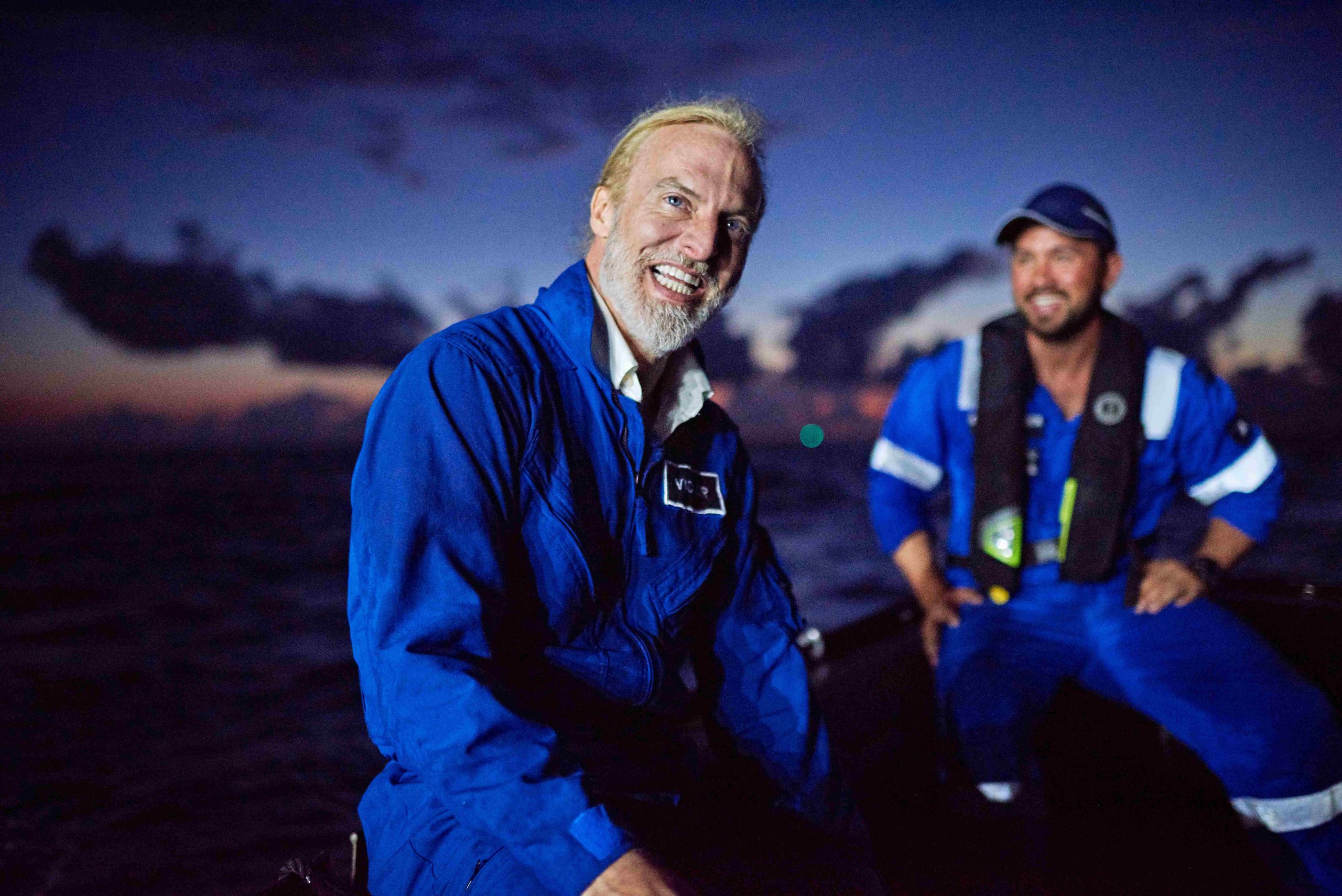
The first dive took place in the Puerto Rico Trench in the Atlantic Ocean, reaching the bottom of the trench known as the “Bartlett Deep” at approximately 8,376 meters (27,480 feet). The trench was previously explored to approximately 8,300 meters by the French submersible Archimede in 1964, but it did not reach the deepest point. Vescovo’s dive unveiled the unique geological features and biodiversity of the Puerto Rico Trench, emphasizing the importance of exploring Earth’s least-known environments.
South Sandwich Trench
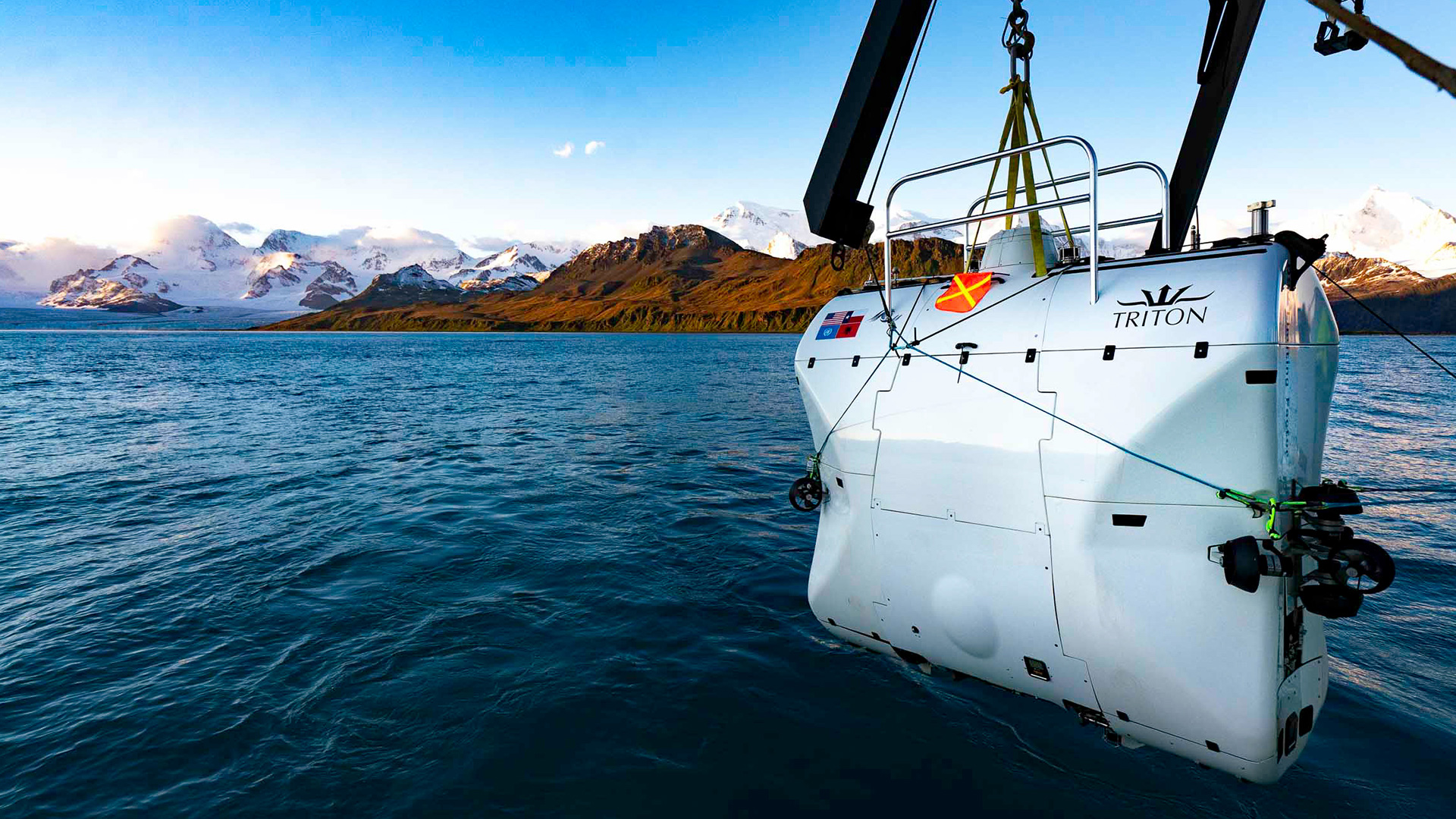
The second dive explored the South Sandwich Trench, situated in the Southern Ocean near Antarctica, reaching a depth of approximately 7,434 meters (24,390 feet), the only subzero Hadal zone (deeper than 6,000 meters) in the world. This dive provided valuable insights into the harsh, icy environment of the Southern Ocean and its impact on marine life, contributing to our understanding of these unique polar ecosystems. The team used a Kongsberg EM124 multibeam sonar system to achieve accurate mapping of the trench.
Sunda Trench
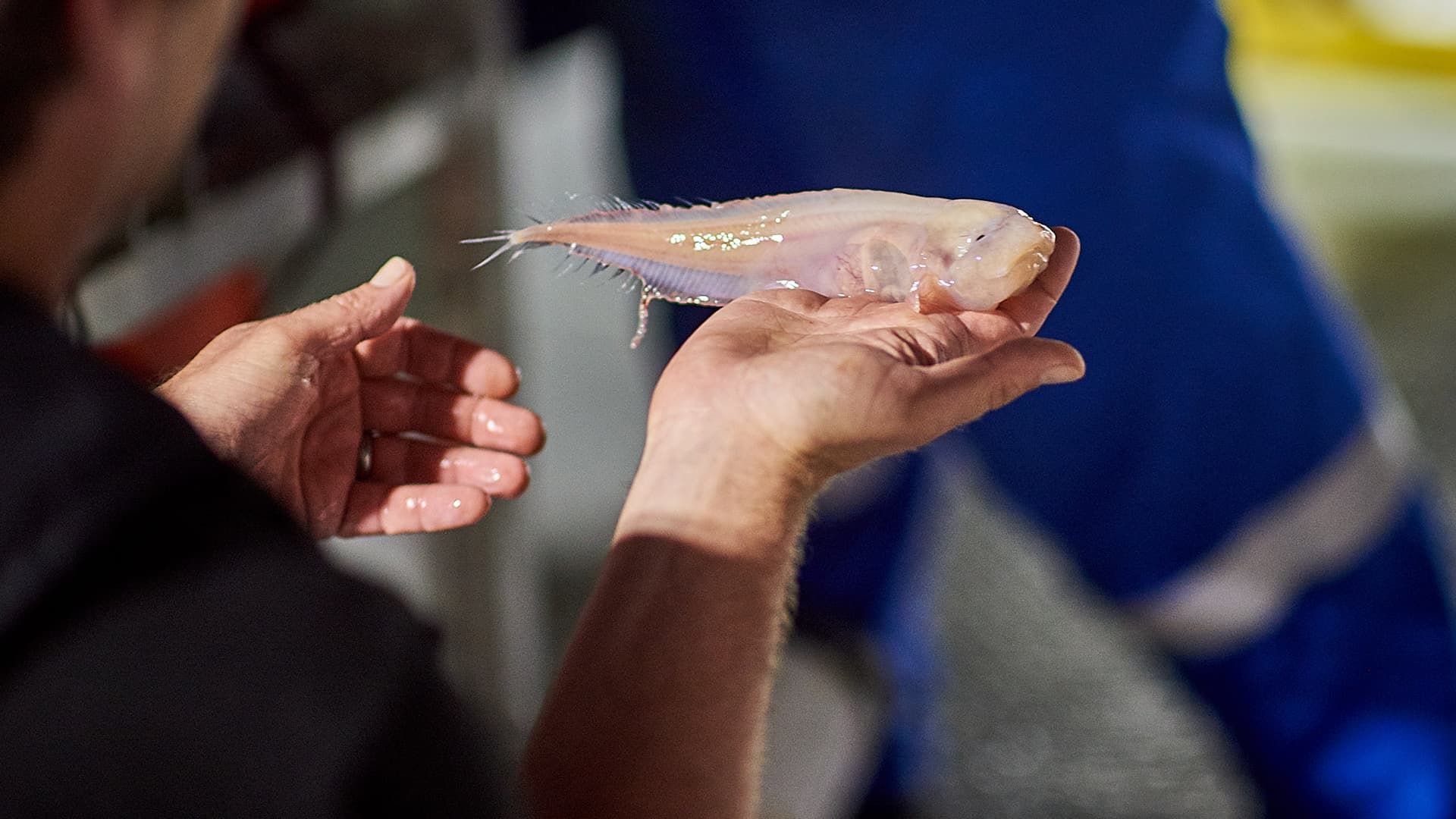
In direct but very welcome contrast to the previous polar dive, the expedition’s third dive ventured into the Java Trench, located in the Indian Ocean off the coast of Indonesia, descending to a depth of approximately 7,192 meters (23,600 feet). Along the course of the dive, the team reported sightings of what they believed to be species new to science, including a hadal snailfish and a gelatinous organism believed to be a stalked ascidean. The same dive was later undertaken by Patrick Lahey, President of Triton Submarines, and the expedition’s chief scientist, Dr. Alan Jamieson. This dive was organized subsequent to the scanning of the Diamantina Fracture Zone using multibeam sonar, confirming that the Sunda Trench was deeper and settling the long debate about where the deepest point in the Indian Ocean truly is.
Challenger Deep
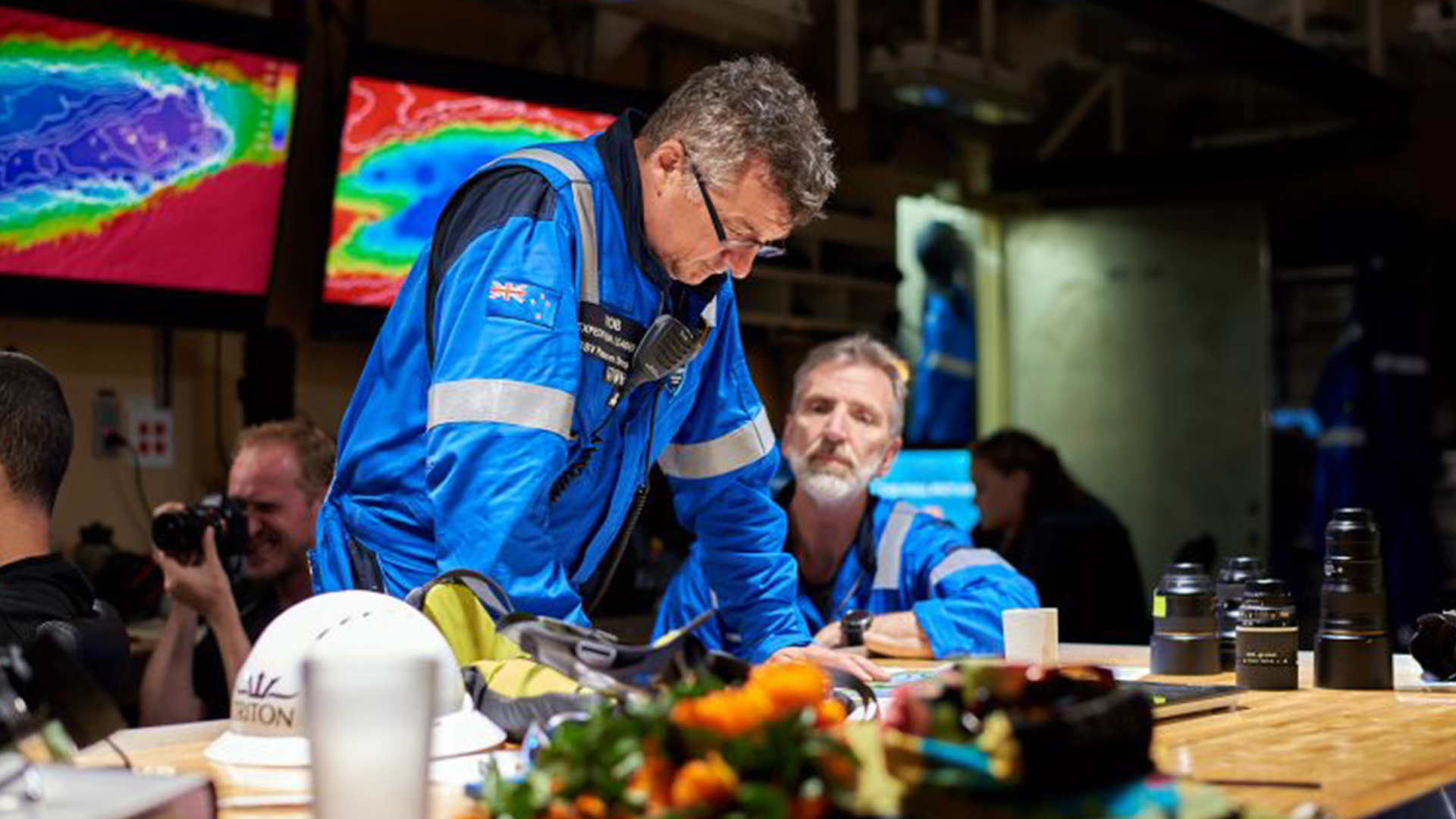
The iconic fourth dive of the expedition took place in the Pacific Ocean’s Mariana Trench, specifically the Challenger Deep, one of the most famous deep-sea locations on Earth. The team reached an astonishing depth of about 10,928 meters (35,856 feet), marking the deepest point in any ocean. Before this dive, The last visit to the bottom of Challenger Deep was made in 2012 by filmmaker and explorer James Cameron, who reached a depth of 10,908 meters on a dive in his submersible, the Deepsea Challenger. Prior to Cameron’s dive, the first ever dive at Challenger Deep was made by the Trieste, a US Navy deep submergence bathyscaphe, in 1960 to 10,912 meters by Lieutenant Don Walsh and Swiss scientist Jacques Piccard. Both the Trieste and Deepsea Challenger only descended to the bottom of Challenger Deep once. Between April 28 and May 5, 2019, the Limiting Factor completed four dives to the bottom of Challenger Deep.
This historic mission explored the mysteries of the Mariana Trench, including its geology, extremophiles, and the incredible pressure and darkness found at these depths. Among the underwater creatures the team documented were a snailfish at 26,250 ft (8,000 m) and a spoon worm at nearly 23,000 ft (7,000 m), the deepest level at which the species had ever been encountered.
Molloy Deep
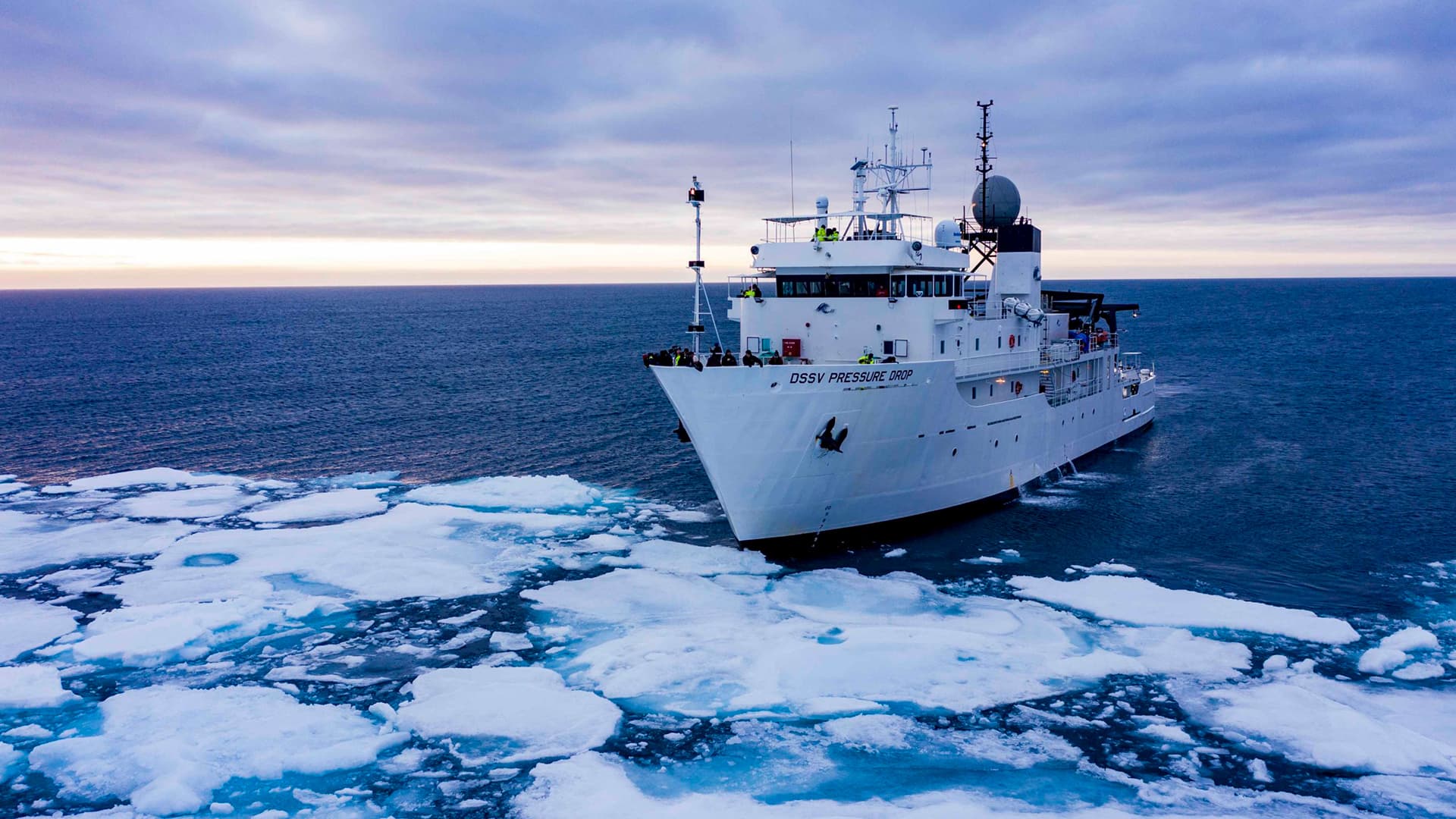
Molloy Deep was the 5th and final “deep”, a trench more than 5500 m below the surface in the Greenland Sea, 100 miles west of Svalbard. It represented one last challenge for the team after successfully diving to trenches in the Pacific, Indian, Atlantic, and Southern Oceans. The team was at its peak, having dived continuously around the world through the entire gamut of mercurial ocean conditions. On the day of the Arctic dive, August 24, 2019, conditions were again tough; cold, rough, and with a band of pack ice within a few miles of the site. But the dive went flawlessly and the team was jubilant. The initial solo descent by Victor Vescovo successfully went to 5650m and was followed up with two science dives; one geological and one biological. All biological samples were processed, cataloged, and written up by the University of Newcastle to be disseminated publicly.